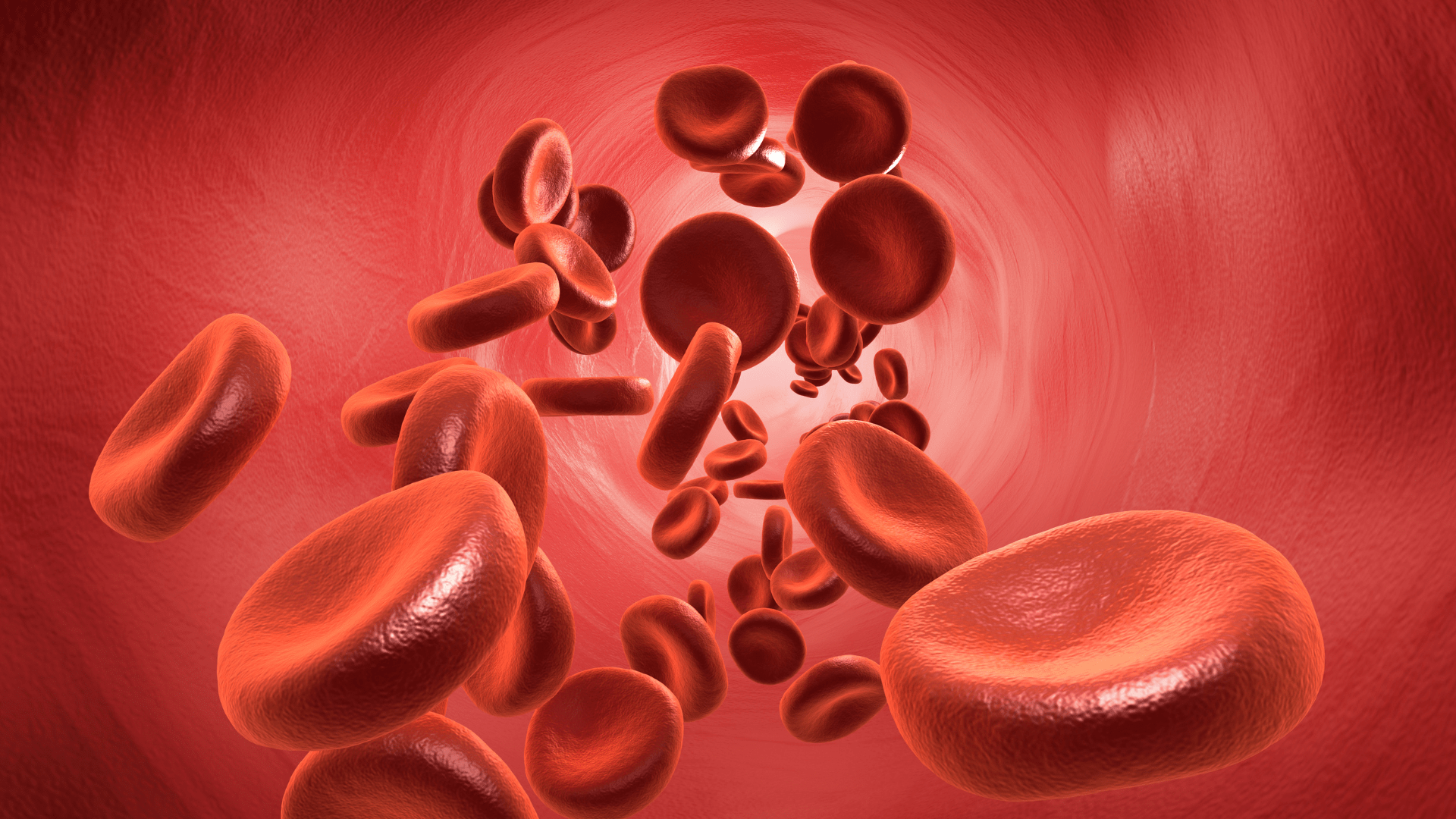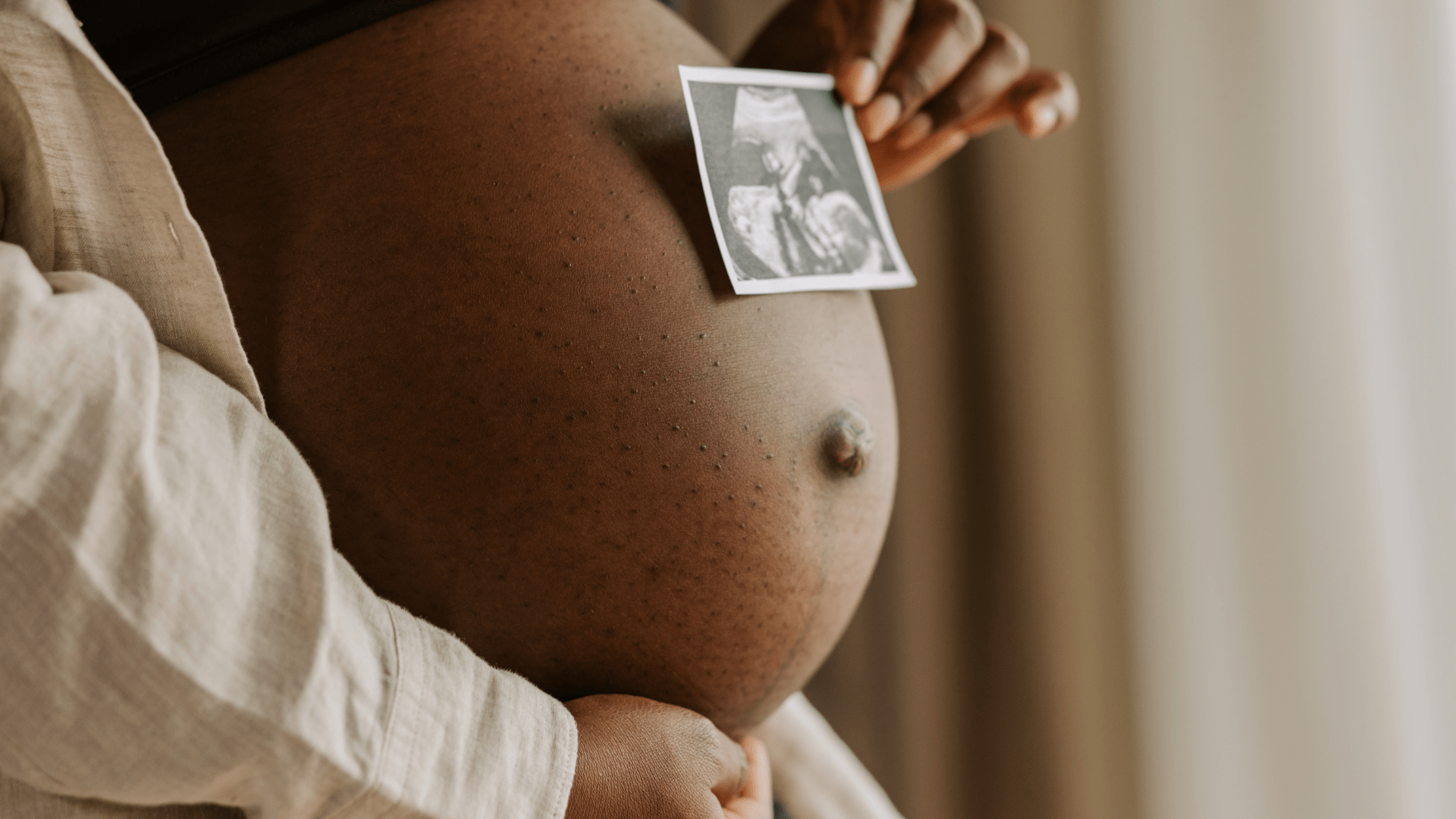Have you ever looked at your blood group and wondered what that plus or minus means? You know that O-positive or A-negative part? That positive or negative beside your blood group isn’t for decoration. It can actually affect your baby’s health. It determines whether your body embraces your baby’s blood cells or goes full security guard mode and kicks them out. It sounds dramatic, and that is because it really is. But it is also preventable.
Let’s talk about Rh incompatibility and why it matters during pregnancy.
What Is the Rh Factor?

The “Rh” (short for Rhesus factor) is just a type of protein that is found on the surface of your red blood cells. The protein on the surface of these cells determines your blood type, and the positive or negative determines your Rh factor.
Think of them like tiny badges you inherit from one of your biological parents. If you have the badge, then you are Rh-positive. If you don’t, then you are Rh-negative. Rh-positive people are those with blood groups A+, B+, AB+, and O+, while Rh-negative people are those with blood groups A-, B-, AB-, and O-.
About 85% of people are Rh-positive, but if you’re Rh-negative, it doesn’t mean you’re abnormal. It simply means your red blood cells don’t carry that protein.
What Is Rh Incompatibility?
Rh incompatibility happens when an Rh-negative woman is pregnant with an Rh-positive baby. The reason why this can be a problem is that the mother’s body sees the Rh-positive baby in the womb as a foreign object that must be taken out.
During pregnancy, the mother’s blood and the baby’s blood don’t usually mix; they stay in their own lanes. However, small amounts can cross over in situations like:
- Delivery (vaginal or cesarean section).
- Miscarriages or abortions.
- Injury or trauma to your abdomen.
- Any type of vaginal bleeding during pregnancy.
- Certain tests, like amniocentesis (when a small amount of the amniotic fluid is taken from your womb for testing) or chorionic villus sampling (when a tiny piece of the placenta is tested early in pregnancy).
- After an external cephalic version (a procedure to turn a breech baby, one that is presenting with other parts like the feet, into a normal head-down position before delivery).
When any of these events above happen, a few of the baby’s Rh-positive cells can sneak into the mother’s bloodstream. The mother’s immune system gets triggered by this and starts making antibodies against the baby’s Rh-positive cells, basically like creating trained little soldiers to attack anything with an Rh badge. This is called Rh sensitization in medical terms.
Here’s the important thing to note: This attack doesn’t actually happen during the first pregnancy when any of those sensitizing events above occurred. These antibodies are formed after the exposure (that is, after the mother and baby’s blood mix due to those events). Once they are formed, they stick around. So, in future pregnancies, if the same Rh-negative woman gets pregnant with another Rh-positive baby, those antibodies cross the placenta to attack and destroy the baby’s red blood cells, because it sees it as an invader.
This leads to a condition known as Haemolytic Disease of the Newborn (HDN) or erythroblastosis fetalis. It affects the baby in the following ways:
- The baby can become anaemic (fewer red blood cells) and tries to keep up by producing more red blood cells, but they are often immature red blood cells instead and not as effective.
- The destruction of the baby’s red blood cells releases a chemical known as bilirubin, which can cause jaundice (yellowing of the baby’s skin and eyes). High levels of bilirubin can be dangerous and affect the baby’s brain if not treated on time.
- In severe cases, HDN can lead to heart failure or hydrops fetalis (when too much fluid builds up in the baby’s organs and tissues due to severe anemia). This is life-threatening and can cause death to the baby.
The Game Changer: Rh Immunoglobulin (Anti-D Injection)
This is the superhero of this story – Rh immunoglobulin or simply Anti-D injection.
Think of it as a shield that stops your immune system from reacting to the baby’s Rh-positive cells. This shot prevents your body from developing those harmful antibodies, so future pregnancies remain safe.
You can get this injection around 28 weeks of pregnancy and again within 72 hours after delivery if your baby is confirmed Rh-positive and you’re Rh-negative.
You might also need it:
- After a miscarriage, abortion, or ectopic pregnancy.
- If you have bleeding during pregnancy.
- After amniocentesis, chorionic villus sampling, or any procedure that might expose you to fetal blood.
It’s important to note that if your body has already produced antibodies (maybe from a previous pregnancy) and you didn’t get the Anti-D injection at that time, getting it at the subsequent pregnancy wouldn’t be effective. The injection is for prevention, not treatment.
In that case, your pregnancy will be monitored closely with:
- Regular blood tests to check antibody levels
- Ultrasound scans to monitor the baby’s growth and look for signs of anemia or swelling
- In severe cases, the baby might need intrauterine transfusions (yes, blood transfusions while still in the womb) or early delivery if necessary.
Who Is at Risk of Rh Incompatibility?
If you’re Rh-negative and your baby daddy is Rh-positive, then your baby might inherit the positive Rh factor from him. That’s when there’s a chance of incompatibility – emphasis on chance, not guarantee.
Basically, you’re more at risk if:
- You’re Rh-negative and your partner is Rh-positive.
- You’ve had a previous pregnancy (whether it ended in birth, miscarriage, or abortion) or procedures like amniocentesis, CVS, or ECV, without receiving the Anti-D injection.
- You’ve experienced bleeding, trauma, or injury during a previous pregnancy without receiving the Anti-D injection.
It doesn’t mean you’ll automatically have problems even if you’re in that “at-risk” group. Rh incompatibility is 100% preventable when managed early and correctly, and you get the Anti-D injection on time.
Final Thoughts
Pregnancy already comes with enough surprises, but your blood type shouldn’t be one of them. Make sure you and your partner’s blood type and Rh status are known early in pregnancy, attend your antenatal visits regularly, and definitely don’t skip your Anti-D injections if you’re Rh-negative.
References
Hemolytic Disease of the Fetus and Newborn – StatPearls – NCBI Bookshelf
Hemolytic Disease of the Fetus and Newborn – Women’s Health Issues – MSD Manual Consumer Version
Quick Facts: Rh Incompatibility – MSD Manual Consumer Version
Rhesus (Rh) Factor: Incompatibility, Complications & Pregnancy





